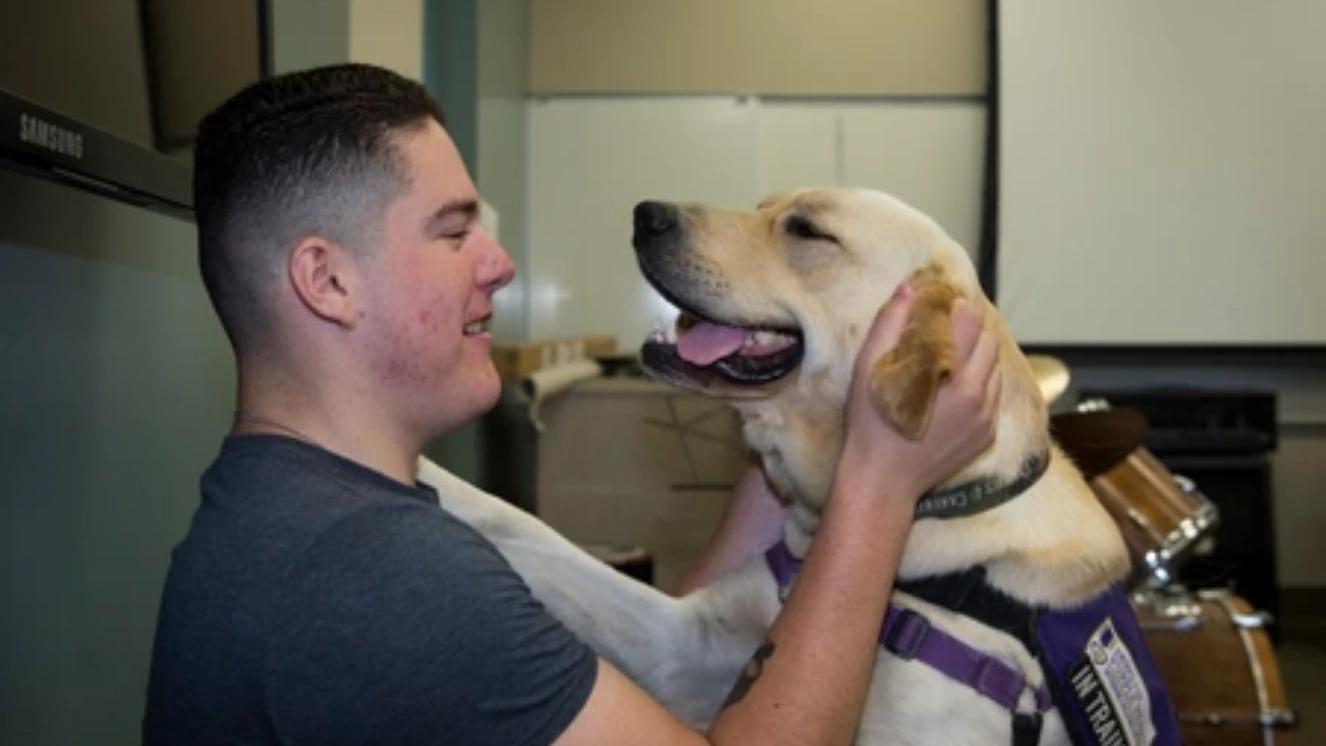A VETERAN'S GUIDE TO UNDERSTANDING VA PRIORITY GROUPS AND ELIGIBILITY

U.S. Veterans have always played a crucial role in the safety and freedom of our country. Most of them have sacrificed a lot so that the citizens can be safe and free. To honor the hard work of these service members, the Veterans Affairs has made many health care benefits available to them. These benefits will also need to fall under one of the VA priority groups in order for them to be eligible. A person's VA priority group will be based on their level of needs and how much the VA will cost them. However, if one member needs more than one priority group, they will be placed on the highest priority they qualify for. That is why Vets must enroll in the VA to receive the support they need after serving the country.
VA Priority Groups Eligibility
A Veteran should fall into one of these categories to be eligible for a VA priority group. The VA will consider your military service history, income level, disability rating, Medicaid qualification, and other benefits you may be receiving. The VA will determine the service-connected disabilities as the highest and the lowest for Vets who earn a higher income and do not have any service-related disabilities. To apply and check their VA priority groups, Veterans can visit the office in person, call, or submit the VA Form 10-10EZ by email or fax. It is also helpful if you have your DD214 form (active duty period). However, the VA can process a request on your behalf if you don't have it.
Checking Your VA Priority Group Bracket
Once you're done with your application, you will be assigned to any one of the VA priority groups.
Priority Group 1
A Veteran must have a service-connected disability of 50% or more that the VA has rated. Also, they must be determined by the VA to be unemployed due to their disability. Finally, the Veteran must have received the Medal of Honor (MOH).
Priority Group 2
One of the VA priority groups where Veterans must have a service-connected condition of 30% or 40%.
Priority Group 3
The applicant for this priority group VA must fall under this category:
- A former prisoner of war.
- Have received a Purple Heart medal.
- Were discharged from service due to disability.
- Has a service-related disability that is either 10% or 20%.
- Veterans with special eligibility classification under 38, U.S.C., § 1151, "benefits for individuals disabled by treatment or vocational rehabilitation."
Priority Group 4
Vets who are receiving aid from the VA and attendance or housebound benefits will fall under this VA priority group. Also, they will fall under this group if they have received a VA finding of being catastrophically disabled.
Priority Group 5
Service members will fall into this VA priority group if they have a non-compensable or non-service-connected disability. They must also be 0% disabled. Their annual income must be under the VA’s geographically adjusted earning limit (based on your resident ZIP code)—further, those receiving VA pensions are eligible for Medicaid programs.
Priority Group 6
This priority group VA has several prerequisites for a Vet to be eligible. They are as follows:
- The Veteran has a compensable 0% service-connected disability.
- Those with exposure to ionizing radiation during testing or the occupation of Nagasaki and Hiroshima.
- Participants of Project 112/SHAD.
- Vets of World War I or the Mexican border period.
- Service members served in the Republic of Vietnam between January 9, 1962, and May 7, 1975.
- Those who served during the Persian Gulf War between August 2, 1990, and November 11, 1998.
- Vets on active duty at Camp Lejeune for at least 30 days between August 1, 1953, and December 31, 1987.
- Veterans who are currently enrolled and new enrollees who served in a theater of combat after November 11, 1998. Those discharged from active duty on or after January 28, 2003 are qualified to receive the enhanced benefits for five years post-discharge.
Priority Group 7
One of the VA priority groups with a prerequisite of household income below the geographically adjusted gross limit where they live. Lastly, they must agree to copay.
Priority Group 8
The gross total household income is above the VA limits. Additionally, the geographically-adjusted gross for their residential location must be a factor. Lastly, the need to agree to copay.
Take the Time to Understand VA Priority Groups and Coverage
Getting your benefits and determining your VA priority groups could be a big help in covering the costs you pay during and after the war. Learning more about which group/s you qualify for can be of great help medically and financially. If you qualify for any of these, take advantage. Immediately file a claim to the VA and determine your eligibility. Suggested reads:



